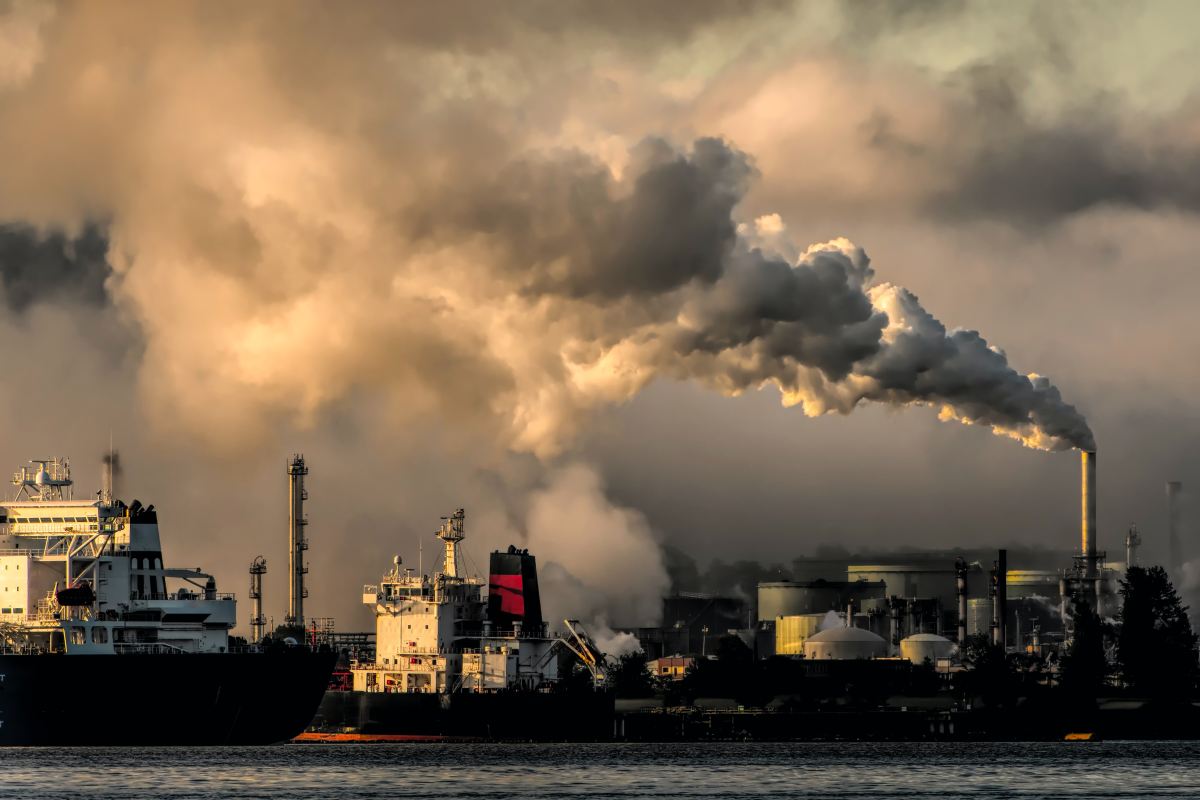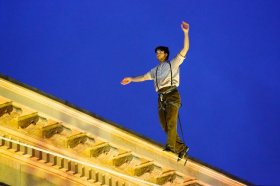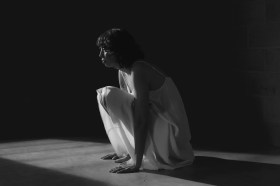In 2010 I was employed in Brussels by the International Network for Contemporary Performing Arts (IETM) on behalf of the Australia Council for the Arts as the Inaugural Director of its Collaboration Project.
One of the projects I instigated was with the inestimable Julie’s Bicycle to develop a Green Rider for Australian artists and arts organisations to use in their contracts when travelling interstate or overseas. It was intended to be a non-binding appendix to contracts, a guide to assist in the transition to sustainable touring. Even though it was a simple intervention, the Australia Council failed to adopt the measure, indeed any of the measures attached to our project.
In the ensuing decade, our national arts agency has continued to lead the way in the behaviour of Australia’s major arts agencies and cultural institutions of doing nothing in the space of the climate emergency.
Gabriele de Vietri’s artwork Maps of Gratitude, Cones of Silence, Lumps of Coal (2019) implicates the Australia Council in the intricate web of fossil fuels and major arts organisations that dominate the relationship between industry and our arts and cultural sector. At the time, Sam Walsh, Rio Tinto’s former CEO, was Chair of the Australia Council Board.
As a counter to this, a host of independent outfits, collectives and individuals have driven significant actions and programs that have redefined the relationship with the arts and the climate emergency. In addition to de Vietri, who is now a Victorian State MP, entities such as Tipping Point, Green Music Australia and Climarte mapped out the early terrain and latterly well-organised campaigns, arts programs and sophisticated tools have been developed by artists, cultural operators and activists, many working in the contexts of NT and WA such as Fossil Free Arts NT and pvi collective, and on the eastern seaboard, Arts House Melbourne with its six-year Refuge project and, nationally, the National Association for the Visual Arts’ (NAVA) Environmental Action in its Code of Practice, to name a few.
Alongside and inspired by a configuration of First Nations and Pacifica artists and cultural operators, there is a critical mass of expertise and knowledge in the independent and small to medium sector agitating and making work concerned with climate justice and planetary survival.
Read: Greener music industry the focus of new environmental guide
In the last few weeks, the Australia Council has run some webinars asking questions like: “what are the arts doing for sustainability?” in the lead-up to, ironically, the delivery by Julie’s Bicycle of its Creative Climate Leadership program to a cohort of 24 artists and cultural professionals – which will be announced in the coming weeks. I had misgivings about the whole venture that I couldn’t properly articulate at the time of applying. Ten days ago, I had a chance to unpack them with colleagues and I withdrew my application.
I’d like to map out why I took that decision.
My first concern is the contracting of an overseas outfit to run a program that could be delivered by many in the aforementioned cohort and help capacity-build the sector and acknowledge its leadership on the climate emergency. This is no reflection on Julie’s Bicycle, whose reputation is excellent and from my experience are brilliant to work with.
But the expertise is here, so why bring it in from the UK? For the simple reason the Australia Council has little or no professional intelligence in this space. Its understanding of the sector’s skillset and knowledge of its history is naïve at best, negligible really. It would not surprise if Julie’s Bicycle’s first focus is on schooling the national arts agency on the assets it already has in the space, teach it how to read the cultural landscape and the importance of listening. That alone would be worth their fee.
The second instance relates to the long-standing issue of the financial discrimination and exploitation of independent artists that I have written and spoken about for some time now. Is it fair to ask artists for their expertise, knowledge, experience and time – which in many consultative and professional development contexts is the only essential advice in the room – and pay them, in this case, a $600 stipend and a $300 travel budget to sit alongside fully waged and supported Australia Council staff, international consultants and waged representatives from organisations?
To travel from Naarm/Melbourne, where I live, by plane (due to family circumstances I can’t take the train as it adds two days to the trip) it would cost me most of that $900 in airfares, buses, transfers etc, which would leave me to forfeit any income that week to support my family. I, like the overwhelming majority of independent Australian artists who live in financial precarity, simply cannot afford to be so profoundly exploited. Once again artists are being asked to subsidise with unpaid labour the work of the paid arts elite.
It is hard not to see this as a way of keeping independent artists out of critical cultural conversations.
Make this change: cover all the travel costs of independents and the unwaged and, in addition to those costs, pay them a fee of $1,200 so that they can sit in financial dignity and equity alongside their waged colleagues. And provide childcare either on-site or at-home. It’s an industry standard! Lead.
The final reason for my withdrawal is this: for over a decade and, despite the efforts of many who have tried to imbricate a climate emergency imperative in the Australia Council’s practices, the agency has practised institutionalised indifference, if not negligence, with its failure to do anything about the climate emergency. It has failed in its duty of care to the current generation and succeeding generations of artists who, at the lowest end of the arts food chain, will bear the brunt of its consequences.
Read: Arts community pledge for ‘fossil free sponsorship’
I have no doubt that there will be meaningful, powerful and worthwhile connections between the cohort of incredible artists and cultural operators that will participate in the CCL retreat in September – we need to support their leadership and inspiration. But providing a program for artists and cultural operators to do the heavy lifting in the climate emergency is disingenuous – unless our peak arts institutions do their fair share of the work. Don’t leave it to artists. Don’t leave it to individuals.
I ask the Australia Council to conduct a long overdue top-to-bottom audit of its operations to make a sustainable, organisational operating system – to do this without taking funds from artist support and creation programs – and to offer this process as an industry template and then a condition of funding to Australia’s major arts and cultural institutions.
That’s what I would call creative climate leadership.





